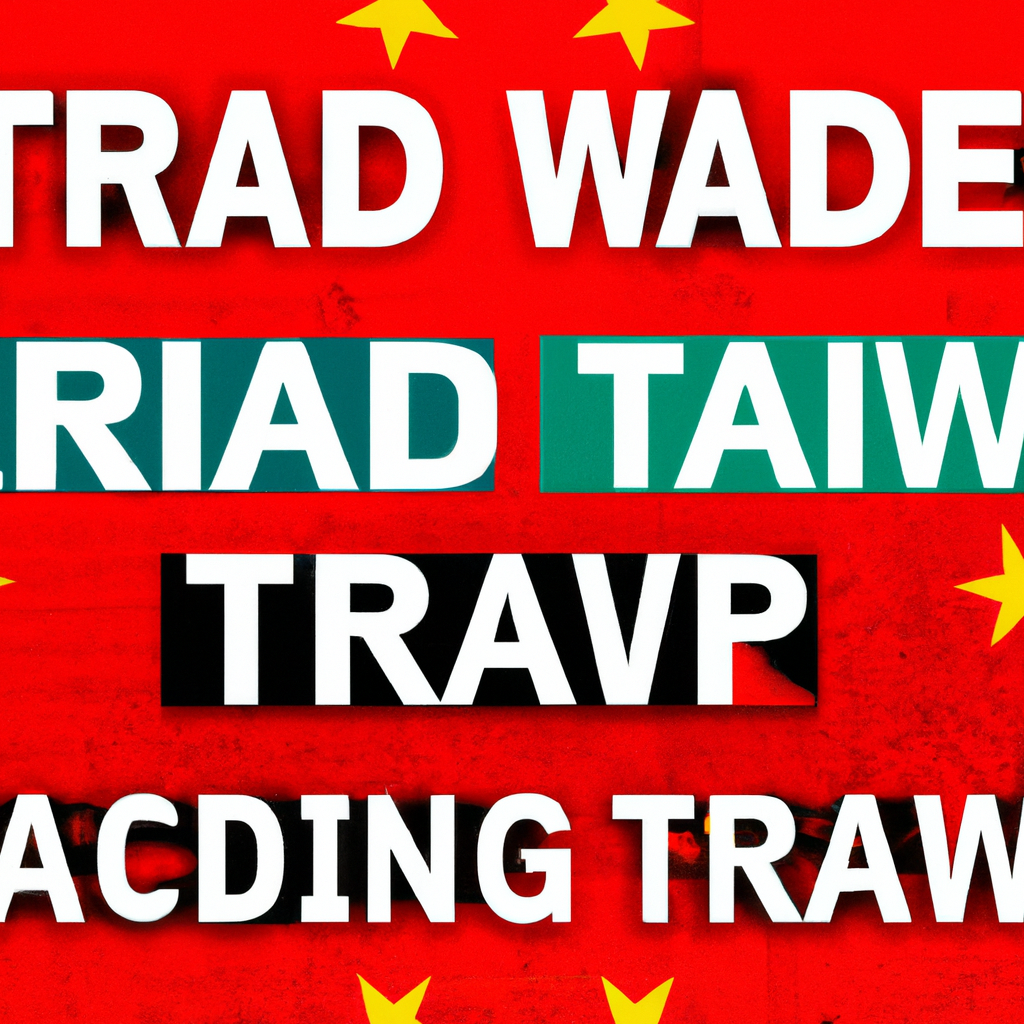Trade War Updates: A Comprehensive Overview
Introduction
The global economy has been experiencing significant turbulence due to the ongoing trade war between major world powers. This article aims to provide you with the latest updates on the trade war, highlighting the key events, implications, and potential solutions.
1. Escalation of Tariffs
The trade war initially began with the United States imposing tariffs on Chinese goods, citing unfair trade practices and intellectual property theft. In response, China retaliated by imposing tariffs on American products. Since then, both countries have engaged in a tit-for-tat escalation, imposing higher tariffs on a wide range of goods.
2. Impact on Global Economy
The trade war has had a profound impact on the global economy. The increased tariffs have disrupted supply chains, leading to higher costs for businesses and consumers. Many industries, including manufacturing, agriculture, and technology, have been significantly affected, with declining exports and reduced investments. The uncertainty surrounding the trade war has also caused volatility in financial markets, impacting investor confidence.
3. Implications for Businesses
Businesses around the world have been forced to adapt to the changing trade environment. Many companies have had to reassess their sourcing strategies, diversify their supply chains, and explore alternative markets. Small and medium-sized enterprises (SMEs) have been particularly vulnerable, lacking the resources to absorb the increased costs. Additionally, the trade war has resulted in job losses and reduced profitability for many businesses.
4. Negotiations and Trade Talks
Despite the escalating tensions, there have been several attempts to negotiate a resolution to the trade war. High-level meetings between representatives from the United States and China have taken place, with both sides expressing a willingness to reach a mutually beneficial agreement. However, progress has been slow, and disagreements over key issues such as intellectual property rights and market access continue to hinder a comprehensive deal.
5. Impact on Consumers
Consumers have also felt the effects of the trade war. As tariffs increase the cost of imported goods, consumers may face higher prices and a reduced variety of products. This is particularly evident in industries heavily reliant on imports, such as electronics and automobiles. Additionally, the uncertainty surrounding the trade war can lead to decreased consumer confidence, affecting spending patterns and overall economic growth.
6. Potential Solutions
Finding a resolution to the trade war is crucial for global stability and economic growth. Some potential solutions include:
– Bilateral negotiations: Continued dialogue and compromise between the United States and China could lead to a mutually acceptable agreement.
– Multilateral cooperation: Engaging international organizations, such as the World Trade Organization (WTO), to mediate and facilitate negotiations could help overcome barriers.
– Economic reforms: Implementing structural reforms and addressing underlying issues, such as intellectual property theft and market access, can foster fairer trade practices.
Conclusion
The trade war continues to evolve, impacting economies, businesses, and consumers worldwide. As negotiations and talks persist, finding a resolution that promotes fair trade and benefits all parties involved remains a top priority. Staying informed about the latest updates and potential solutions is essential for understanding the implications and preparing for the future in this ever-changing global trade landscape.
